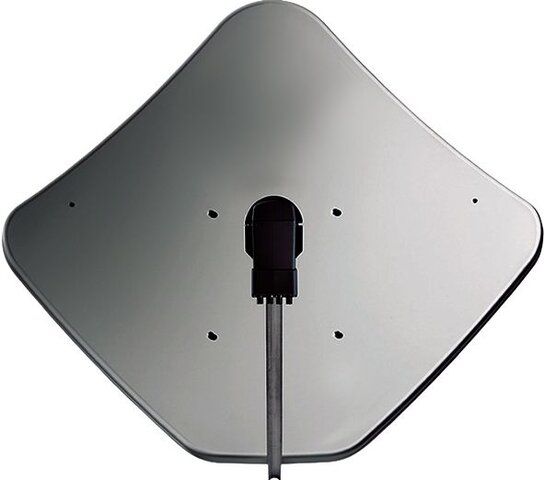It is easy to virtually restore the shape of the dish. All is needed is a metal ruler clamped to the edges of the dish. Like on the pictures I just made.
Good trick.
I'm not very happy with doing an extrapolation on input measures, though. I'd rather do them on output measures.
For the non-flat-faced dishes calculation, any dish shape is possible.
Even a dish form like the Fracarro Penta:

So I would just use the flattened bottom of the Hughes-net dish as the one and only bottom, and do the measurements from there. No problem. The diamond shape (T-B and L-R) is the only thing to take into account.
Greetz,
A33
Last edited:

